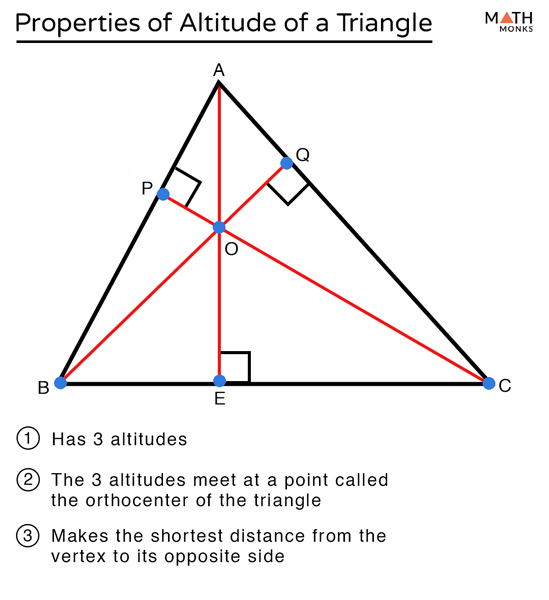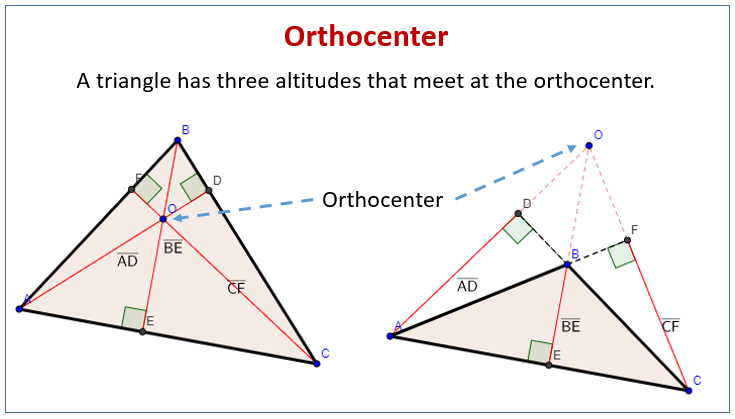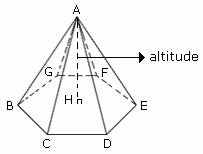

High-altitude locations are usually much colder than areas closer to sea level. This is what meteorologists and mountaineers mean by "thin air." Thin air exerts less pressure than air at a lower altitude. As altitude increases, the amount of gas molecules in the air decreases-the air becomes less dense than air nearer to sea level. Earth's gravity pulls air as close to the surface as possible. In other words, if the indicated altitude is high, the air pressure is low. This is called indicated altitude, and is measured by an instrument called an altimeter.

In fact, aviators and mountaineers can measure their altitude by measuring the air pressure around them. All 1.2 million residents live about 4,150 meters (13,615 feet) above sea level. The urban area of El Alto, Bolivia, is the most high-altitude city on Earth. Mount Everest is 8,850 meters (29,035 feet) tall. The most high-altitude point on Earth is Mount Everest, in the Himalayan mountain range on the border of Nepal and the Chinese region of Tibet. Areas are often considered "high-altitude" if they reach at least 2,400 meters (8,000 feet) into the atmosphere. Pressure altitude – the air pressure in terms of altitude in the International Standard Atmosphere.ĭensity altitude – the density of the air in terms of altitude in the International Standard Atmosphere in the air.Altitude, like elevation, is the distance above sea level. Height – vertical distance above a certain point. True altitude – altitude in terms of elevation above sea level. Indicated altitude – the altitude shown on the altimeter.Ībsolute altitude – altitude in terms of the distance above the ground directly below. These types of altitude can be explained more simply as various ways of measuring the altitude: On a very hot day, density altitude at an airport (especially one at a high elevation) may be so high as to preclude takeoff, particularly for helicopters or a heavily loaded aircraft. Aircraft performance depends on density altitude, which is affected by barometric pressure, humidity and temperature. Pressure altitude and indicated altitude are the same when the altimeter setting is 29.92 Hg or 1013.25 millibars.ĭensity altitude is the altitude corrected for non-ISA International Standard Atmosphere atmospheric conditions. Pressure altitude is used to indicate flight level which is the standard for altitude reporting in the Class A airspace (above roughly 18,000 feet). Pressure altitude is the elevation above a standard datum air-pressure plane (typically, 1013.25 millibars or 29.92 Hg). Radiotelephony usage, the vertical distance of a level, a point or an object considered as a point, measured from a specified datum this is referred to over the radio as height, where the specified datum is the airfield elevation. Height is the vertical distance above a reference point, commonly the terrain elevation. It is indicated altitude corrected for non-standard temperature and pressure.

True altitude is the actual elevation above mean sea level. Also referred to as radar height or feet/meters above ground level (AGL).

It can be measured using a radar altimeter (or absolute altimeter). In UK aviation radiotelephony usage, the vertical distance of a level, a point or an object considered as a point, measured from mean sea level this is referred to over the radio as altitude.Ībsolute altitude is the vertical distance of the aircraft above the terrain over which it is flying. Indicated altitude is the reading on the altimeter when it is set to the local barometric pressure at mean sea level. There are several types of altitude in aviation: When flying at a flight level, the altimeter is always set to standard pressure (29.92 inHg or 1013.25 hPa). Pressure altitude divided by 100 feet (30 m) is the flight level, and is used above the transition altitude (18,000 feet (5,500 m) in the US, but may be as low as 3,000 feet (910 m) in other jurisdictions) so when the altimeter reads 18,000 ft on the standard pressure setting the aircraft is said to be at Flight level 180. On the flight deck, the definitive instrument for measuring altitude is the pressure altimeter, which is an aneroid barometer with a front face indicating distance (feet or meters) instead of atmospheric pressure. Aviation altitude is measured using either mean sea level (MSL) or local ground level (above ground level, or AGL) as the reference datum. Parties exchanging altitude information must be clear which definition is being used. In aviation, the term altitude can have several meanings, and is always qualified by explicitly adding a modifier (like true altitude), or implicitly through the context of the communication.


 0 kommentar(er)
0 kommentar(er)
